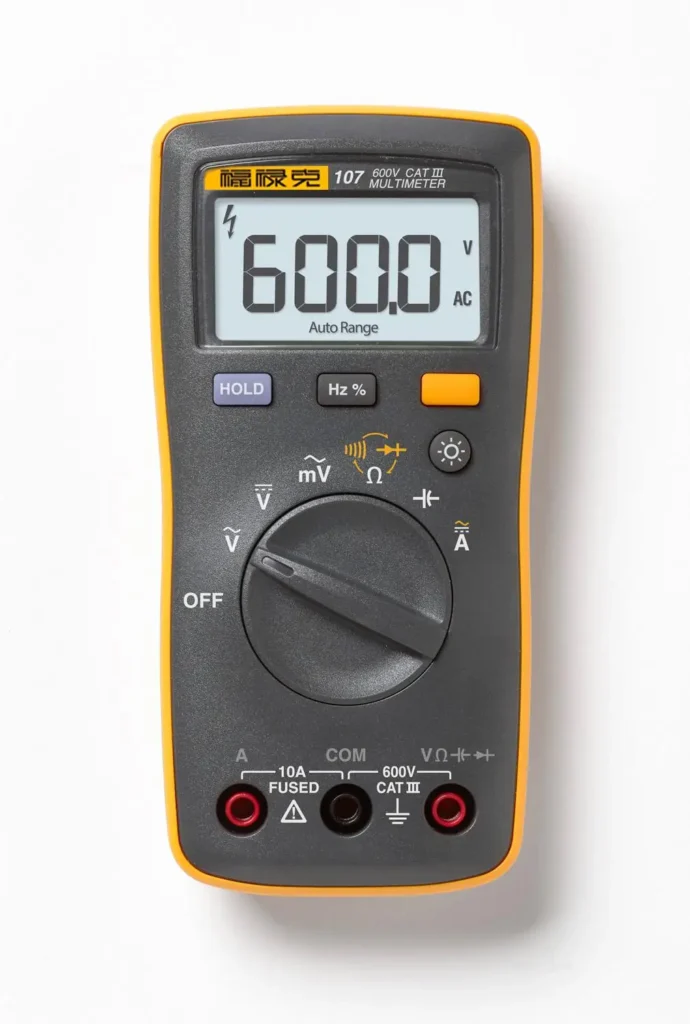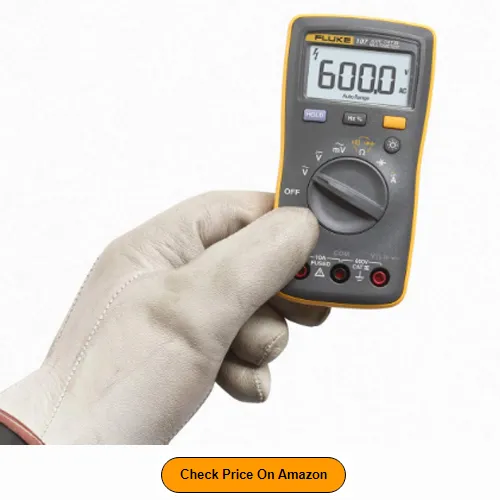In this article, we will compare two of the most popular multimeters: the Fluke 101 and the Fluke 107. We will cover their features, respective advantages, how they stack up against each other, and much more to help you decide which meter is right for you!
Fluke 101 VS Fluke 107: Which One Should You Buy?
Are you trying to decide between Fluke 101 and Fluke 107? Both of these multimeters are great for basic electrical testing, but there are some key differences that you should be aware of before making your final decision.
The Fluke 101 is a digital multimeter that can measure AC and DC voltage, AC and DC current, resistance, and continuity. It also has a built-in temperature sensor, which is great for testing HVAC systems. The Fluke 107 is similar, but it also has a backlit LCD display and an auto-ranging function. This means that it can automatically adjust to the correct range for whatever quantity you’re measuring.
So, which one should you buy? If you need a multimeter for general-purpose electrical testing, either one will work fine. However, if you need to do a lot of testing in low-light conditions or want the convenience of auto-ranging, Go with the Fluke 107.
1. FLUKE-101 Digital Multimeter

| Fluke 101 | Fluke 107 | |
| Battery | AAA (x2) | AAA (x2) |
| DC accuracy | ±(0.5%+3) | ±(0.5%+3) |
| Current AC/DC | 10 A | 10 A |
| Resistance | 40MΩ | 40MΩ |
| Digits | 3 5/6 | 3 5/6 |
| Voltage AC / DC | 600V | 600V |
| Continuity Test | Yes | Yes |
| For More Information | Check On Amazon | Check On Amazon |
Fluke 101 Features
- Measure Basic dc with .5% accuracy
- CAT III 600 V safety rated
- Diode and continuity test with buzzer
- Small lightweight design for one-handed use
- Rugged, durable design
2. Fluke 107 Review
Fluke 107 Features
- Voltage, resistance, continuity, capacitance
- Backlit display
- Data hold function
- Diode test, plus frequency and duty cycle measurements
- Input terminal for AC and DC current measurements to 10 A and current


